Who is Ansel Adams?
Ansel Easton Adams was an American landscape photographer and environmentalist known for his black-and-white images of the American West. He helped found Group f/64, an association of photographers advocating “pure” photography which favored sharp focus and the use of the full tonal range of a photograph.
Ansel Adams is one of the giants of 20th Century photography, esteemed for his lush gelatine silver photographs of the national parks that have become icons of the US wilderness. A passionate champion of photography as a legitimate form of fine art, he referred to his most stunning images as his “Mona Lisas”.

His childhood
Ansel Adams had problems fitting in at school. Some problems were due to a natural shyness and some were due to a physical issue (an “earthquake nose” as he called it – his nose was broken during an earthquake). It is also possible that he may have dealt with dyslexia.
Adams was a hyperactive and sickly child with few friends. Dismissed from several schools for bad behavior, he was educated by private tutors and members of his family from the age of 12. Adams taught himself the piano, which would become his early passion.

His Inspiration
When photographer Ansel Adams looked through his camera lens, he saw more than Yosemite’s rocks, trees, and rivers. He saw art. Hues of wildness surfaced in this great American photographer’s stunning black-and-white prints. And for most of his life, Yosemite National Park was Adams’ chief source of inspiration.
Ansel Adams photographed Yosemite primarily to raise environmental awareness. His iconic photographs of the Yosemite National Park played a pivotal role in advocating for the preservation of natural landscapes and the need for conservation efforts.
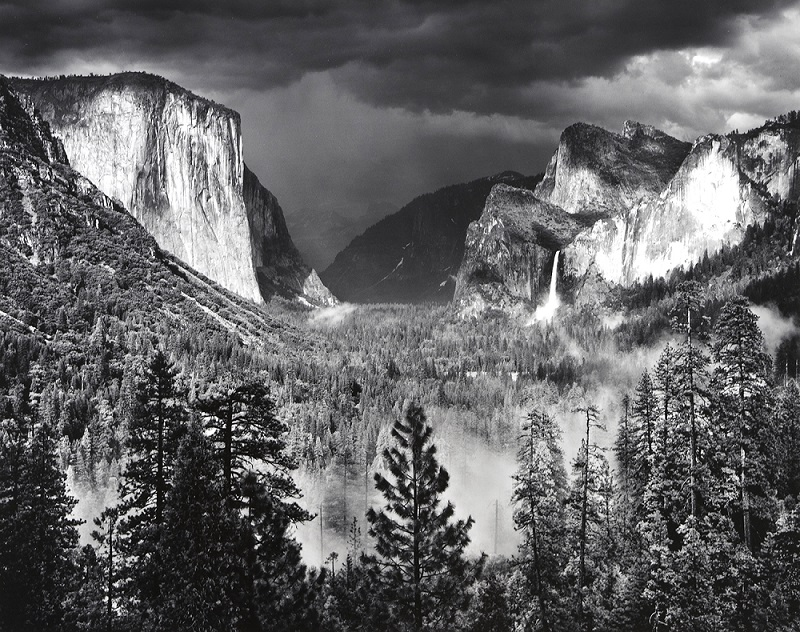
Sierra Club
In 1934, Adams was elected as a member of the Board of Directors of the Sierra Club, a role he maintained for 37 years. His tenure spanned the years that the Club evolved into a powerful national organization that lobbied to create national parks and protect the environment from destructive development projects.
The purposes of the Sierra Club are to explore, enjoy, and protect the wild places of the earth; to practice and promote the responsible use of the earth’s ecosystems and resources; to educate and enlist humanity to protect and restore the quality of the natural and human environment.
In 1927, Adams participated in the Club’s annual outing, known as the High Trip, and, the next year, he became the Club’s official trip photographer. In 1930 he became assistant manager of the outings which consisted of month-long excursions of up to 200 people.
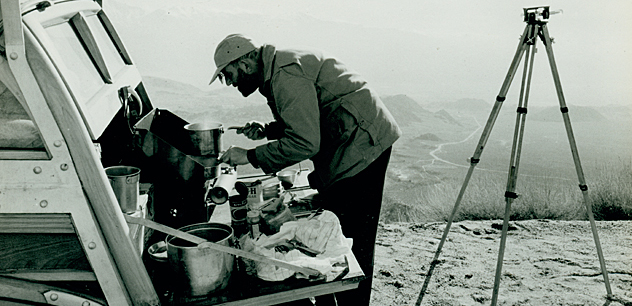
What else was he involved in?
Ansel Adams was not just a photographer. After leaving school at the age of 12, he taught himself how to read music and play the piano. He was judged to be gifted and actually intended to make a career as a pianist before photography became his main occupation.
While photography and the piano shared his attention during his early adulthood, by about 1930 Adams decided to devote his life to photography. (As late as 1945, however, he still thought enough of his playing to have a recording made of his interpretations of Beethoven, Chopin, and perhaps others.)
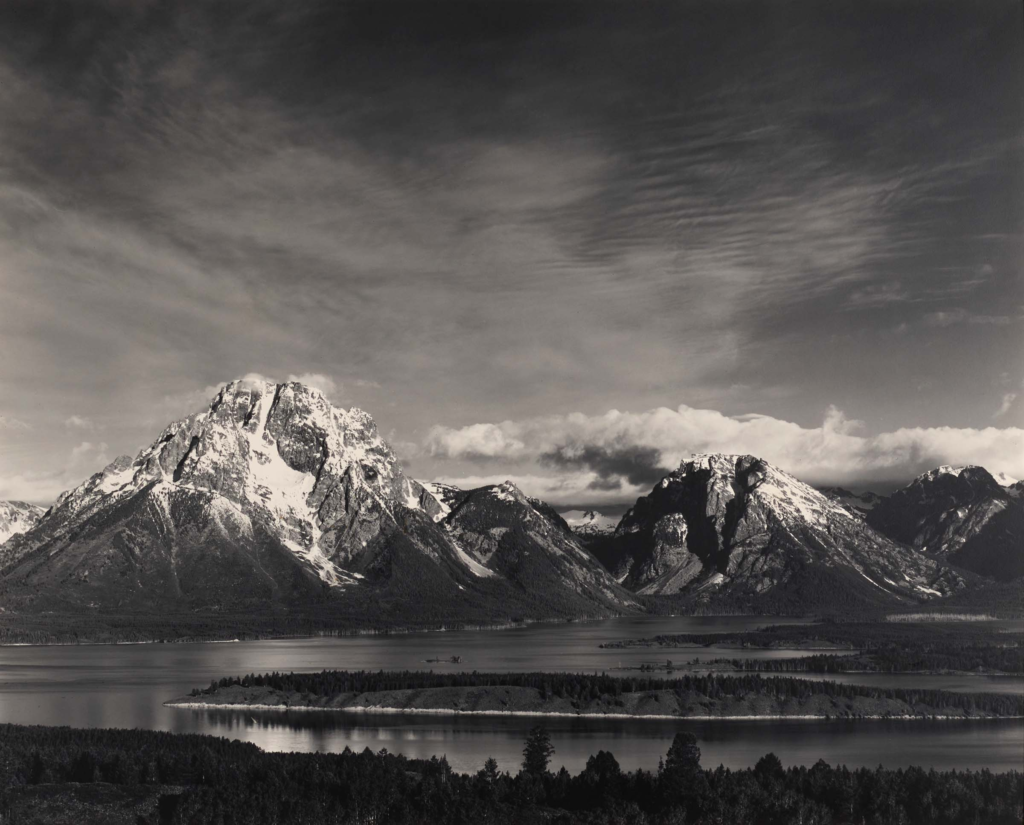
When were his photos first used for environmental purposes?
Adams’s images were first used for environmental purposes when the Sierra Club was seeking the creation of a national park in the Kings River region of the Sierra Nevada. Adams lobbied Congress for a Kings Canyon National Park, the Club’s priority issue in the 1930s, and created an impressive, limited-edition book, Sierra Nevada: The John Muir Trail, which influenced both Interior Secretary Harold Ickes and President Franklin Roosevelt to embrace the Kings Canyon Park idea. The park was created in 1940.
The Sierra Club advocated for making Kings Canyon a national park so it could be better protected, and Adams was chosen to represent the club at a conference in Washington. To make his argument, Adams presented a selection of his own photographs before the assembled representatives.
How did Ansel Adams help convincing the congress to protect the high sierra
Adams lobbied Congress for a Kings Canyon National Park, the Club’s priority issue in the 1930s, and created an impressive, limited-edition book, Sierra Nevada: The John Muir Trail, which influenced both Interior Secretary Harold Ickes and President Franklin Roosevelt to embrace the Kings Canyon Park idea.
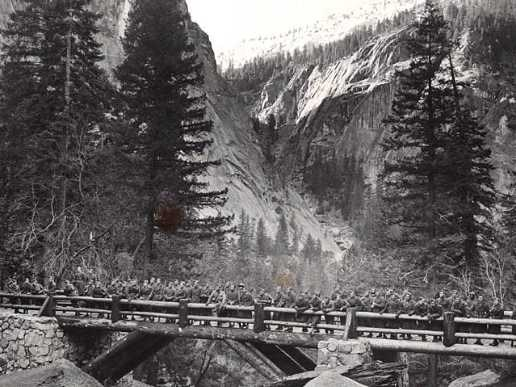
Visualisation
Visualisation is the concept of interpreting a scene and deciding on the final shot before pressing the shutter. Taking place within the ‘mind’s eye’, as Adams often said, visualisation involves intuitively assessing a subject and choosing the most important attributes to frame and highlight.

Zone system
The Zone System, pioneered by Ansel Adams and Fred Archer over 80 years ago, is a technique that offers photographers a way to control exposure and capture the entire tonal scale in their photographs.
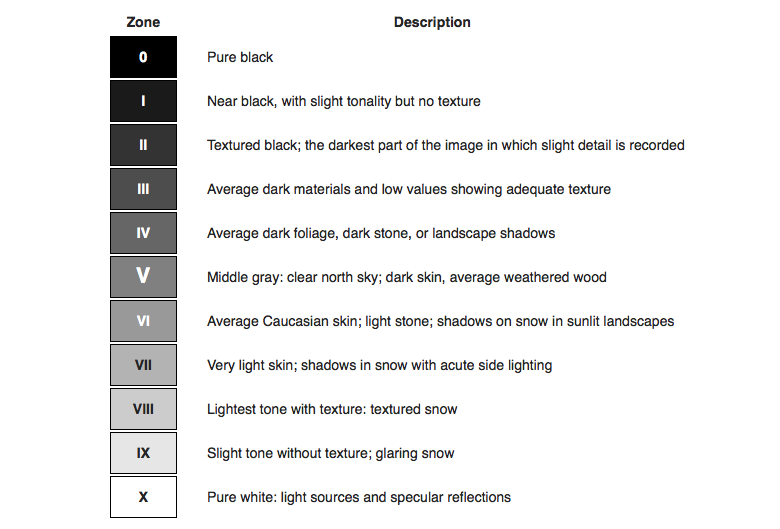
Image Analysis
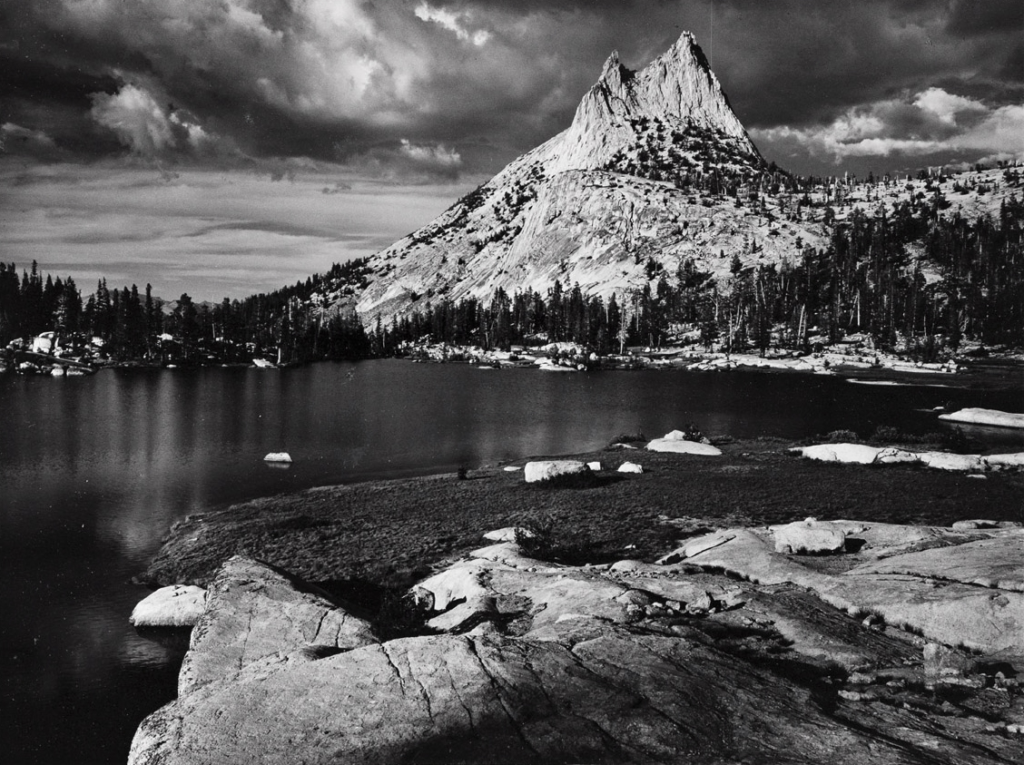
Technical:
By making his images black and white, he is able to enhance the dramatic shadows and manipulate reality. The lighting in the image made it so that the mountains were well lit up and the trees below had loads of shadows on them. To achieve this type of lighting, he waited for a break in the clouds. He used a fast shutter speed and he used tiny aperture holes.
Visual:
The colour of this image is in black and white, you can see the lighting reflect off the river. You can see the lines from the shadows of the trees coming down into the river and the texture of the mountains are really clear and in depth.
Contextual:
The image of ‘Cathedral Peak and Lake’, taken during the journey, perhaps best encapsulates the irony of the expedition. It’s a striking depiction of the danger and grandeur of the High Sierra, capturing the resolute Cathedral Peak and Lake standing proudly before a dark swell of gathering clouds.
Conceptual:
The story behind Ansel Adams’ “Cathedral Peak and Lake” brings us back to the long friendship formed between Ansel and renowned artist Georgia O’Keeffe. Perhaps no two artists have had a greater impact on the cultural imagination of America’s wilderness. Though Ansel’s medium was photography while O’Keeffe’s was painting, both, in their own way, captured the style, emotion, and drama of exploring the landscapes of America. It’s no surprise that they were not only great admirers of each other’s artistic works, but close friends and frequent companions.
The image of “Cathedral Peak and Lake,” taken during the journey, perhaps best encapsulates the irony of the expedition. It’s a striking depiction of the danger and grandeur of the High Sierra, capturing the resolute Cathedral Peak standing proudly before a dark swell of gathering clouds. The dark shadows that fall across the top of the peak, barren of even the scrubby pines that dot the lower reaches of the mountain, convey the ruggedness of climbing it, apparent even from across the icy lake.
My Images


These are the photos that I took inspired by Ansel Adams. I used black and white like he did and mad the highlights quite bright and made sure you could see all the details in the shadows.


